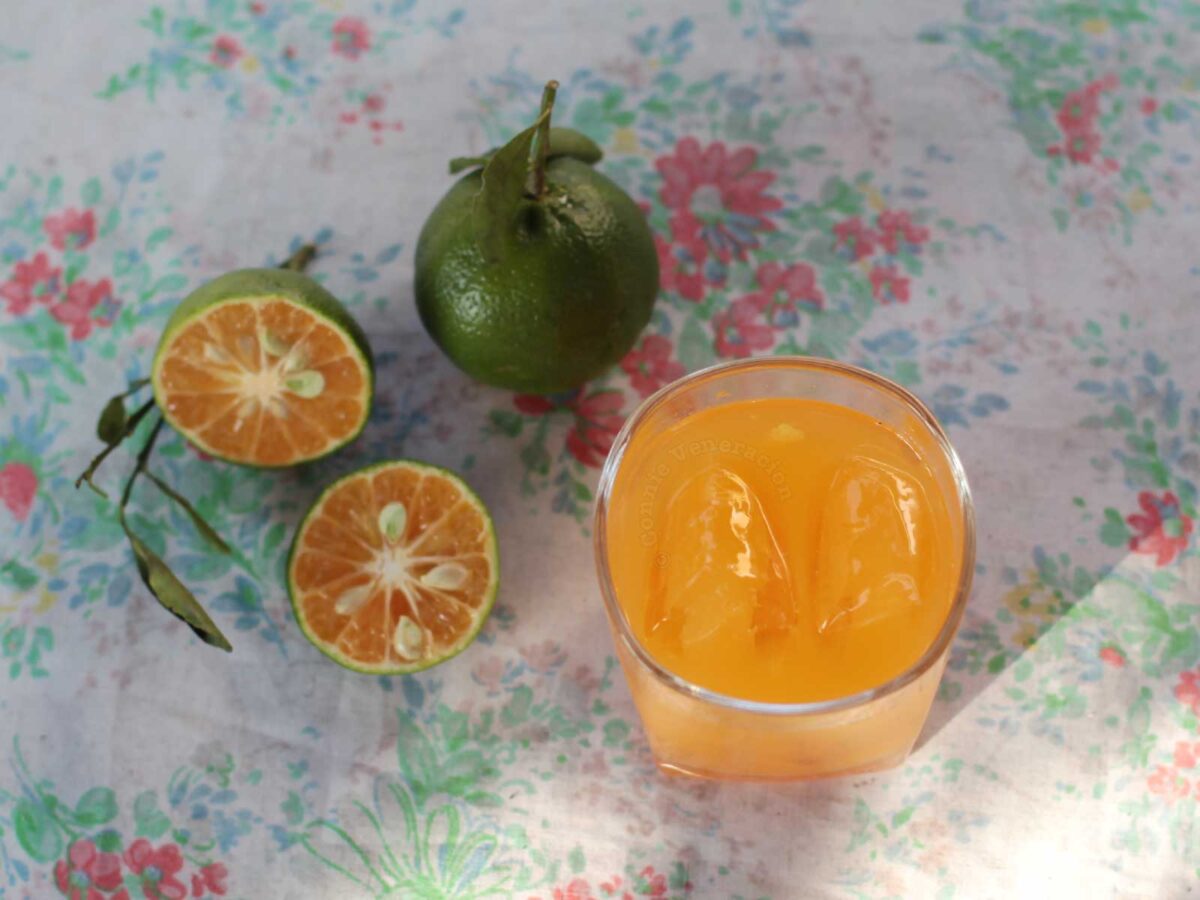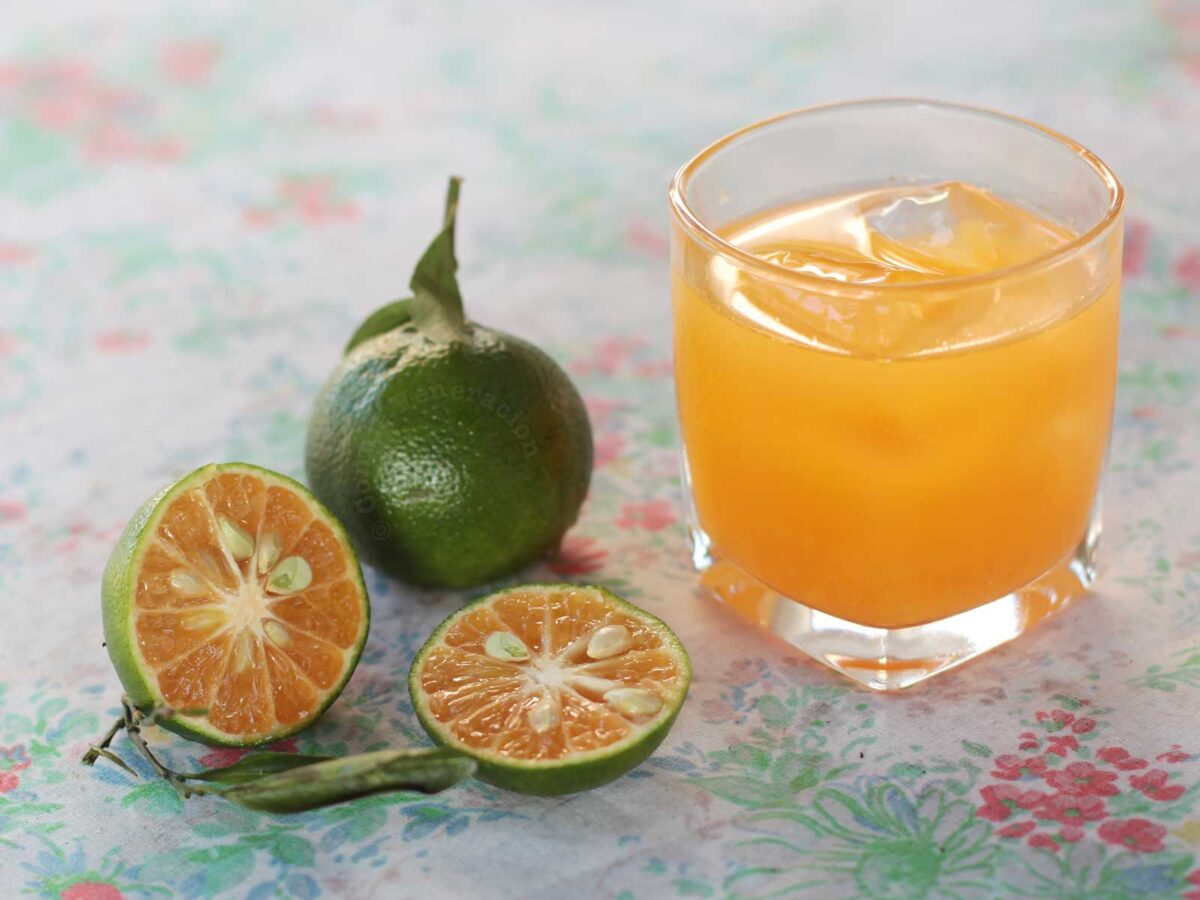My life was so much simpler when I was a child. So was my vocabulary. To me, oranges were oranges and the local name was kahel.
If they were small, I called them ponkan. If the skin was green, they were dalandan.
Tangerine was a color and clementine was a song (Oh, my darling / Oh, my darling / Oh, my darling Clementine…).
I found it strange that my grandmother referred to dalandan as dalanghita, I never bothered asking why and just presumed that dalanghita was the term in vogue when she was a child during the first quarter of the 1900s.
I should have paid more attention to my grandmother’s terminology. But because I didn’t, it took couple of decades for me to get my orange dictionary right.

There are several cultivars of the fruit we call orange. For purposes of distinguishing between dalandan and dalanghita, we will cover only two.
Dalandan is Citrus x aurantium
What’s with the x? It means the fruit is a hybrid. Dalandan is native to Southeast Asia, it has green skin and the size is between five to nine centimeters. The size should make it easy to differentiate it from calamansi. Dalandan juice is tart with a subtle sweetness. The sweetness becomes more pronounced as the fruit matures.
Dalanghita is Citrus reticulata Blanco
Citrus reticulata Blanco is native to Southeast Asia including the Philippines and is commonly referred to as mandarin orange.
Dalanghita is one of the cultivars. Dalanghita is small — smaller than dalandan — measuring three to seven centimeters on the average. The juice is sweet.
Tangerines and clementines are also cultivars of Citrus reticulata Blanco.
But isn’t mandarin orange called ponkan?
Ponkan is another cultivar of mandarin orange. It has bright golden skin. The color serves as a symbol for gold (welath, prosperity) which makes it a popular food gift during the Chinese Lunar New Year.

I thought I had it all sorted out when, after buying a tree labeled as “ponkan”, I posted photos of its fruits three years after replanting the tree in our garden, and a reader commented wondering if the fruit in the photo was kiat-kiat and not ponkan.
From what I’ve read, kiat-kiat is a smaller variety of ponkan.
How dalandan and dalanghita are used for food
Does knowing the difference among all those orange varieties and cultivars really benefit a person whose only intention is to eat the fruit or drink its juice? Yes, apparently.

For instance, while the peel of dalandan is great for making orange marmalade, the peel of dalanghita and ponkan are not because they give none of the subtle bitterness that makes orange marmalade so delicious.
On the other hand, because ponkan juice is sweeter than the juice of other oranges, it’s great for making beverages. Just squeeze and drink. No need to add sugar.













